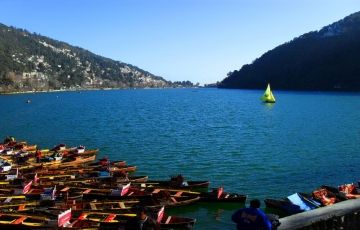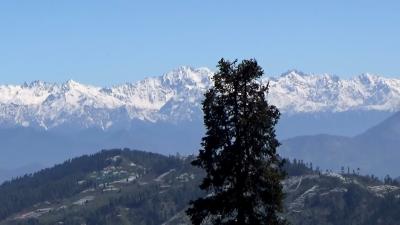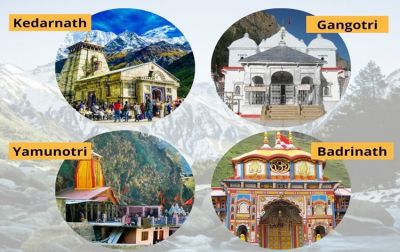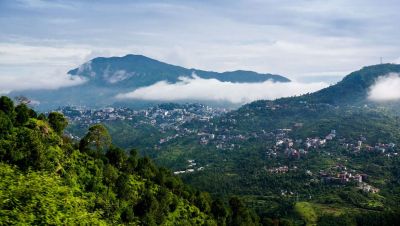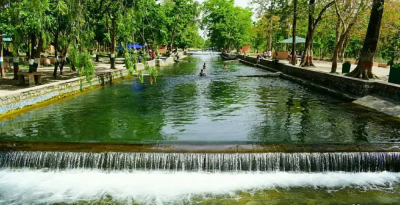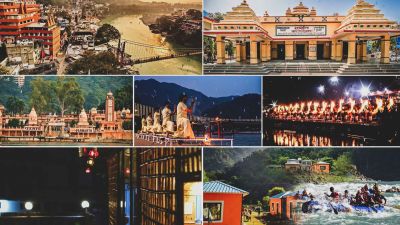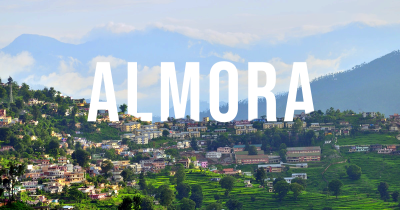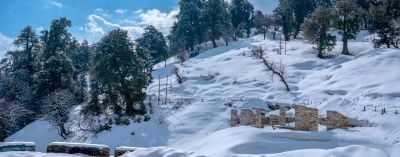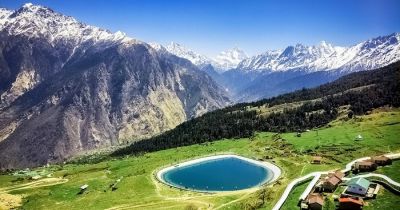Traditional Textiles of Uttarakhand: Weaving Through the Culture
Uttarakhand, nestled in the lap of the mighty Himalayas, is not only known for its breathtaking landscapes but also for its rich cultural heritage. One of the prominent aspects of Uttarakhand's culture is its traditional textiles. Weaving has been an integral part of the state's heritage, practiced for centuries by skilled craftsmen who have passed down their knowledge from generation to generation. In this blog post, we will take a closer look at the traditional textiles of Uttarakhand and their significance in the local culture.
The Art of Weaving
Weaving in Uttarakhand is not merely a craft; it is a way of life. The artisans, known as weavers, skillfully create beautiful textiles using various techniques, patterns, and materials. The process involves interlacing two sets of yarn or threads called the warp and the weft, usually on a loom.
Historically, each region of Uttarakhand had its unique style of weaving, with distinct patterns and designs. Some of the well-known weaving styles include Kumaoni and Garhwali weaves. These textiles hold a deep cultural significance and are an essential part of ceremonies, festivals, and daily life in the region.
Types of Traditional Textiles
1. Pichora
Pichora is a traditional textile originating from the Kumaon region of Uttarakhand. It is a handwoven fabric made from a combination of cotton and silk threads. The unique aspect of Pichora is its reversible nature, with different designs on either side. The motifs on Pichora often depict local flora, fauna, and cultural symbols. It is commonly used to make unconventional garments like waistcoats, shawls, and blankets.
2. Rangwali Pichora
Rangwali Pichora, as the name suggests, is a type of Pichora fabric that incorporates vibrant colors. It is typically adorned with intricate embroidery, mirror work, and sequins to enhance its appeal. Rangwali Pichora is popular for making traditional dresses, home furnishings, and accessories.
3. Chamba Rumal
Chamba Rumal is a traditional embroidery style popular in Garhwal and parts of Himachal Pradesh. It originated in Chamba, a town in the state, and got immense recognition for its exquisite craftsmanship. The embroidery is done on fine cotton or silk fabric using floss silk threads. The designs on Chamba Rumal often depict mythological scenes, flora, and animal motifs. These intricately embroidered textiles are used as wall hangings, scarves, handkerchiefs, and tablecloths.
4. Kullu Shawls
Kullu shawls, or Kulluvi Pattu, are much-loved traditional textiles of Uttarakhand. These handwoven shawls are made from locally sourced sheep and yak wool. The weavers use a pit-loom to create intricate patterns and vibrant color combinations. Kullu shawls are not only warm and cozy but also reflect the fusion of tradition and contemporary fashion. They are often adorned with geometric motifs and are considered a symbol of status and elegance.
Preserving Traditional Textiles
While traditional textiles have been an integral part of Uttarakhand's cultural heritage, there is always a need for their preservation and promotion. Several organizations and government initiatives are working tirelessly to empower local weavers and help them showcase their craft to a broader audience. Handloom fairs, exhibitions, and workshops are organized to encourage the younger generation to understand and practice traditional weaving techniques.
Visitors to Uttarakhand can also contribute by supporting local artisans and purchasing traditional textiles. These unique creations not only make great souvenirs but also help sustain the artisans and their age-old craft.
Conclusion
Exploring the traditional textiles of Uttarakhand is like delving into a world of ancient craftsmanship and cultural significance. From the intricate embroidery of Chamba Rumal to the vibrant colors of Rangwali Pichora, each textile tells a story and represents the deep-rooted traditions of the region. By appreciating and supporting these textiles, we can ensure the survival of this beautiful art form and contribute to the sustainable development of Uttarakhand's cultural heritage.
So, the next time you find yourself in Uttarakhand, don't forget to browse through the local markets and immerse yourself in the fascinating world of traditional textiles. Share this blog post with your friends and family to spread the word about Uttarakhand's rich weaving culture!
Disclaimer : The information provided in this blog is for general informational purposes only. While we strive to keep the content accurate and updated, TravelSetu assumes no liability for errors or omissions. If you believe any part of this blog infringes your rights or causes concern, please notify us immediately at info[at]travelsetu[dot]com so that appropriate action can be taken.
